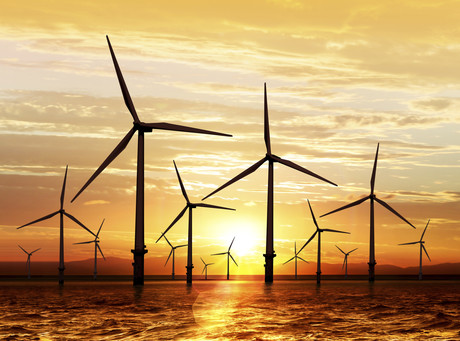Partnership to advance composites science

Deakin University and wind energy solutions provider Vestas have teamed up to improve the compressive strength of carbon fibre composite materials for wind turbines.
Derek Buckmaster, Deakin Carbon Nexus Director, said that along with the potential to improve wind turbine performance, the partnership underscored possible expansion of Geelong’s composite research and manufacturing footprint and would help Victoria achieve its Renewable Energy Target (VRET).
“The combination of Deakin’s research expertise from the world-leading composites research team at Carbon Nexus and Vestas’ industry capabilities has the potential to take composite materials research to the next level, delivering real-world outcomes for Victoria.”
Carbon fibre composites are critical material to the further improvement of wind turbine blades, due to their unmatched strength-to-weight ratio, enabling the manufacture of longer blades which improve efficiency and lower cost. The uptake of carbon fibre composites has been one of the main drivers behind the increased turbine efficiency and competitiveness of wind power in recent years. Turbine blades are now the largest single use for carbon fibre, accounting for over 40% of global production.
Vestas Asia Pacific President Clive Turton noted the importance of the Victorian Government’s renewable energy targets and auction strategy to the local renewable energy industry. “Improved composite material will bring revolutionary benefit to renewable industry locally and globally. By improving efficiency and driving down the cost of wind turbines, we are providing Victoria, Australia and the world with clean and more affordable energy,” Turton said.
“Breakthroughs in composite materials will benefit the wind industry, and may deliver significant commercial outcomes in other industries.”
Dr Adrian Gill, global lead specialist for blade structure and material at Vestas, said, “With carbon fibre composite innovations, we can increase the performance of turbine blades. Stronger carbon fibre will allow us to reduce the required amount of carbon fibre used in the blade, so the blade will be lighter and cheaper. This makes renewable energy cleaner and more affordable, and supports the development of Australia’s growing wind energy sector.
The $34m Carbon Nexus research facility has already attracted many local innovative carbon fibre parts manufacturers such as Carbon Revolution and Quickstep, and global carbon fibre manufacturer LeMond.
The research with Vestas is conditional on awards to Vestas Supported Projects under the Victorian Renewable Energy Auction Scheme.
Blood test for pancreatic cancer undergoes evaluation
An experimental blood test for pancreatic cancer is being evaluated by a commercial laboratory...
Breakthrough blood test for endometriosis developed
Scientists identified 10 protein biomarkers, or 'fingerprints' in the blood, that can be...
A simple finger prick can be used to diagnose Alzheimer's
A new study is paving the way for a more accessible method of Alzheimer's testing, requiring...




